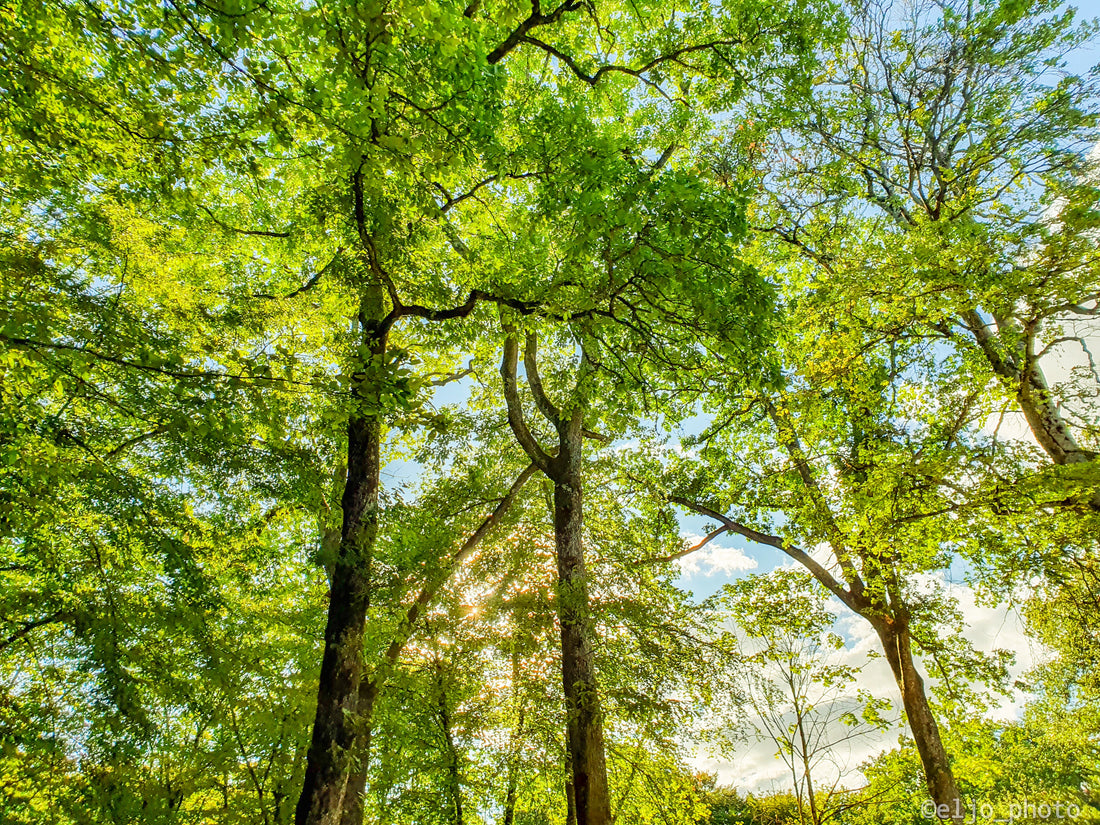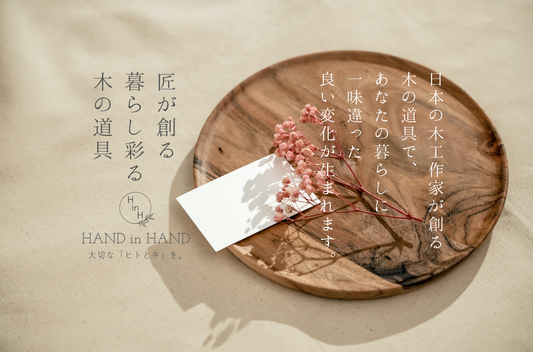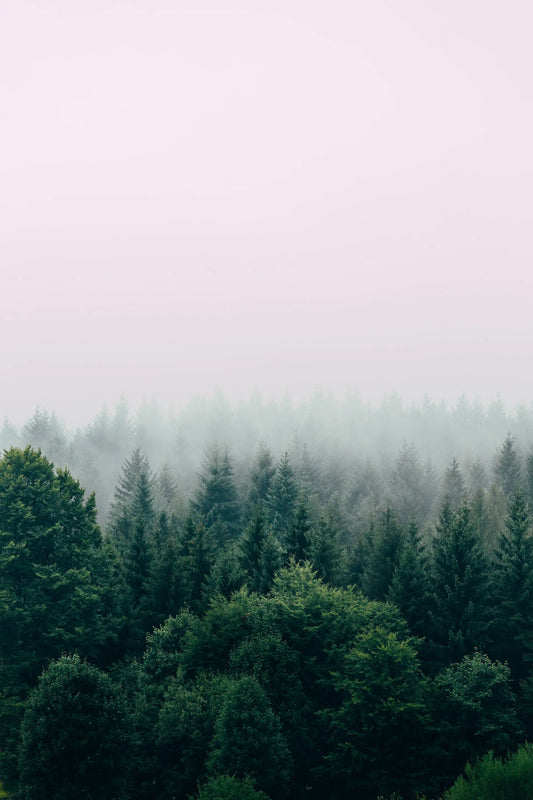SDGs is an abbreviation for " Sustainable Development Goals ", and the reading is "Sdistainable Development Goals". The SDGs were adopted at the United Nations Summit in 2015 , September , and are a global initiative. It is a goal set by UN member states 193 to achieve in 15 years from 2016 to 2030 . ..
In recent years, companies have been increasingly promoting their efforts on SDGs . However, SDGs is also something that can be tackled more closely.
SDGs goal 1 leads to "Let's protect the richness of the land"
One of the goals ofSDGs is "Let's protect the richness of the land". This includes protecting and regenerating terrestrial ecosystems, including forests, managing forests to prevent desertification, and protecting biodiversity.
It is said that environmental destruction such as ozone layer depletion and global warming has progressed, and as a result, various events such as climate change have occurred. When you are conscious of environmental protection, you think of protecting the forest, but have you ever wondered what it means to protect the forest?
Protecting the forest means managing the forest properly
Forests are emphasized for the protection of the natural environment because of the function of photosynthesis that only plants can do. Photosynthesis uses carbon dioxide as a raw material to produce oxygen. Of course, since plants are also alive, breathing that absorbs oxygen and emits carbon dioxide is also performed at the same time.
However, since more carbon dioxide is used by photosynthesis than the amount of carbon dioxide emitted by respiration, plants have the effect of cleaning the air as a result.
What we humans can do for the global environment is to create an environment where plants can perform photosynthesis firmly, and to plant trees in places with few trees.
Sunlight is required for photosynthesis. Therefore, if the trees are too dense, photosynthesis cannot be performed well and plants will not grow. It is surprisingly overlooked that proper thinning and logging are necessary to protect the forest environment.
Japanese forests are not well managed
Although a large amount of cedar and hinoki cypress, which is a high-class timber, were planted in Japan by the national policy after the war, the ban was lifted from around 1960 , and the cheap imported timber made it high quality for our environment. Many of the suitable domestic timbers are not utilized, resulting in more than 60 percent of abandoned forests.
In other words, Japan is in the opposite situation to global deforestation. However, it is not always good that the forest is left unattended. Because it is not managed properly, the forest will not grow properly and the function of cleaning the air as a forest and the function of hydraulic control will decline.
Furthermore, half of the trees planted after the war are at the time of harvest, and forest resources are more abundant than ever. However, there are some situations where the forestry industry has declined and cannot be dealt with.
HAND in HAND only sells woodwork products made from domestic thinned wood. Using HAND in HAND products will result in the return of funds to the forest and forestry.
I would like you to take your hands on Japanese woodworking products that have the highest technology in the world.




